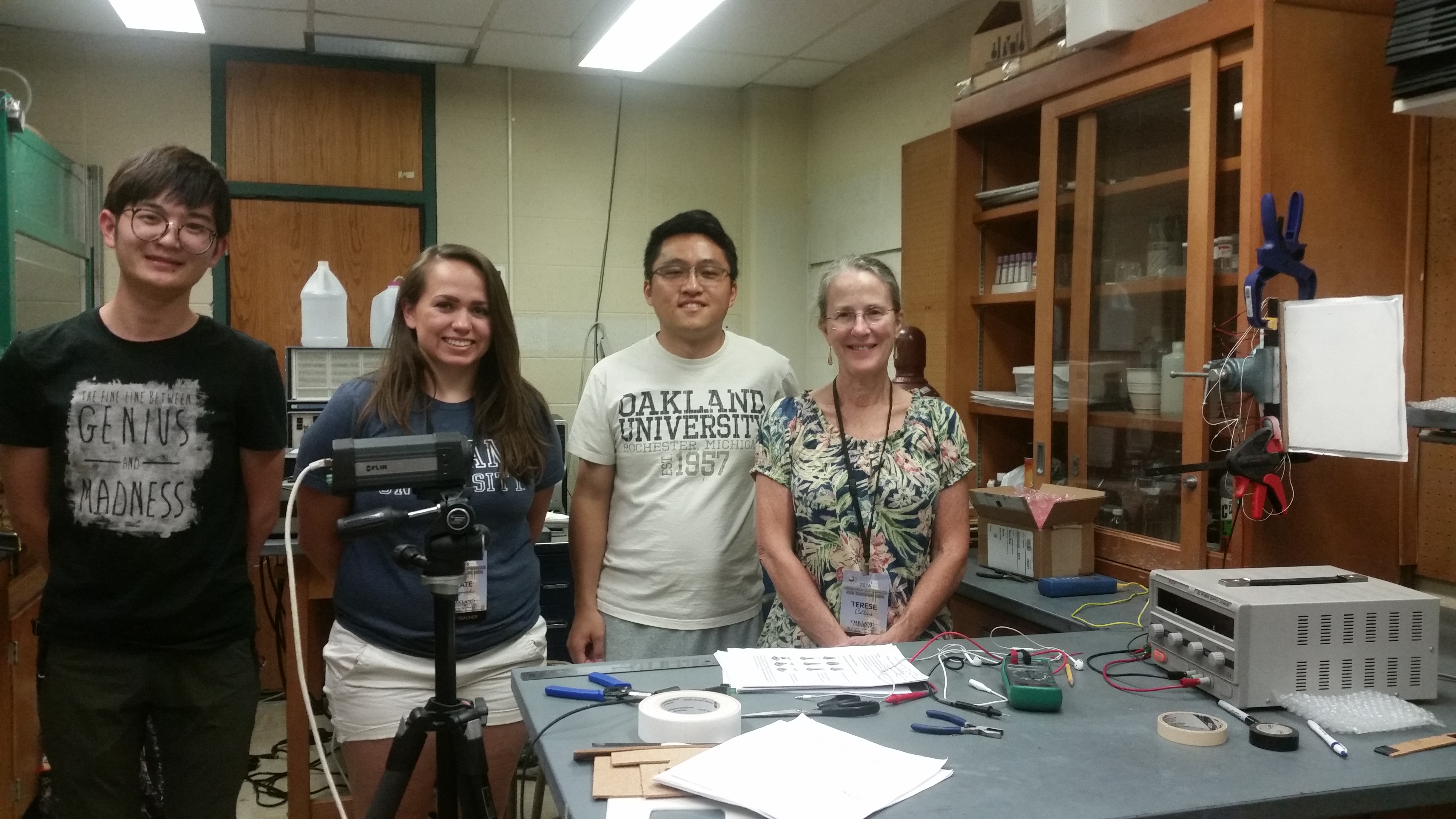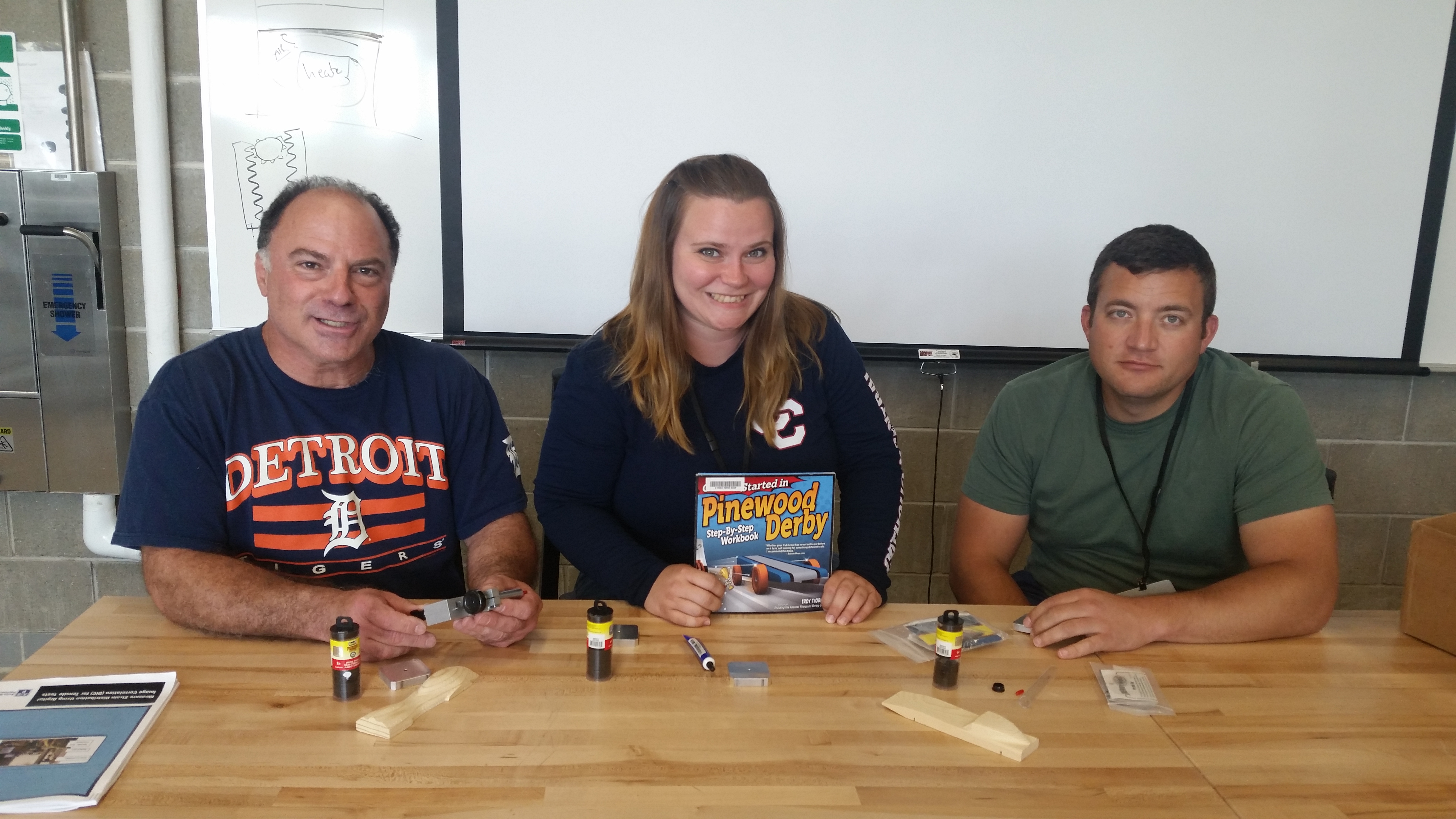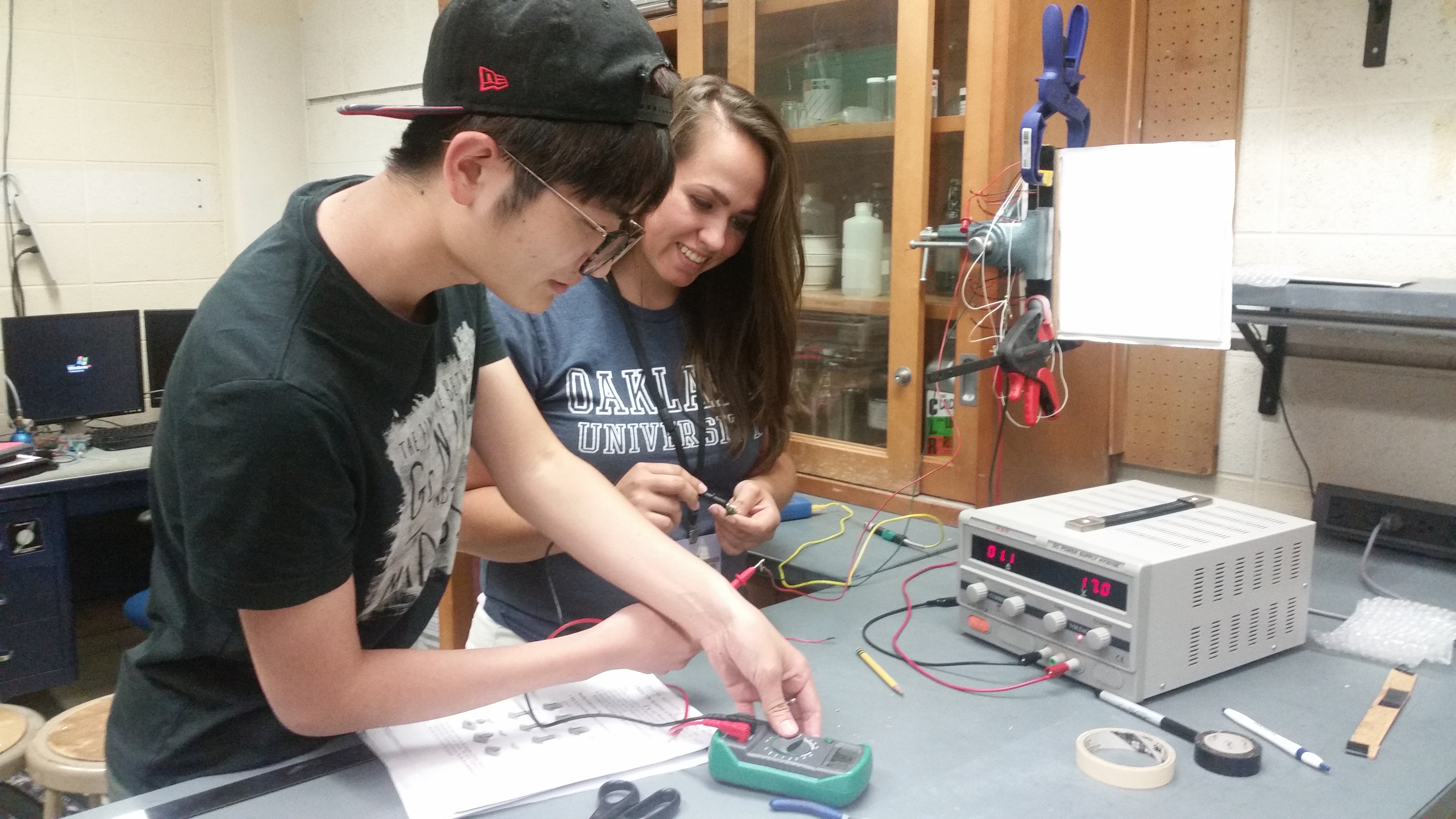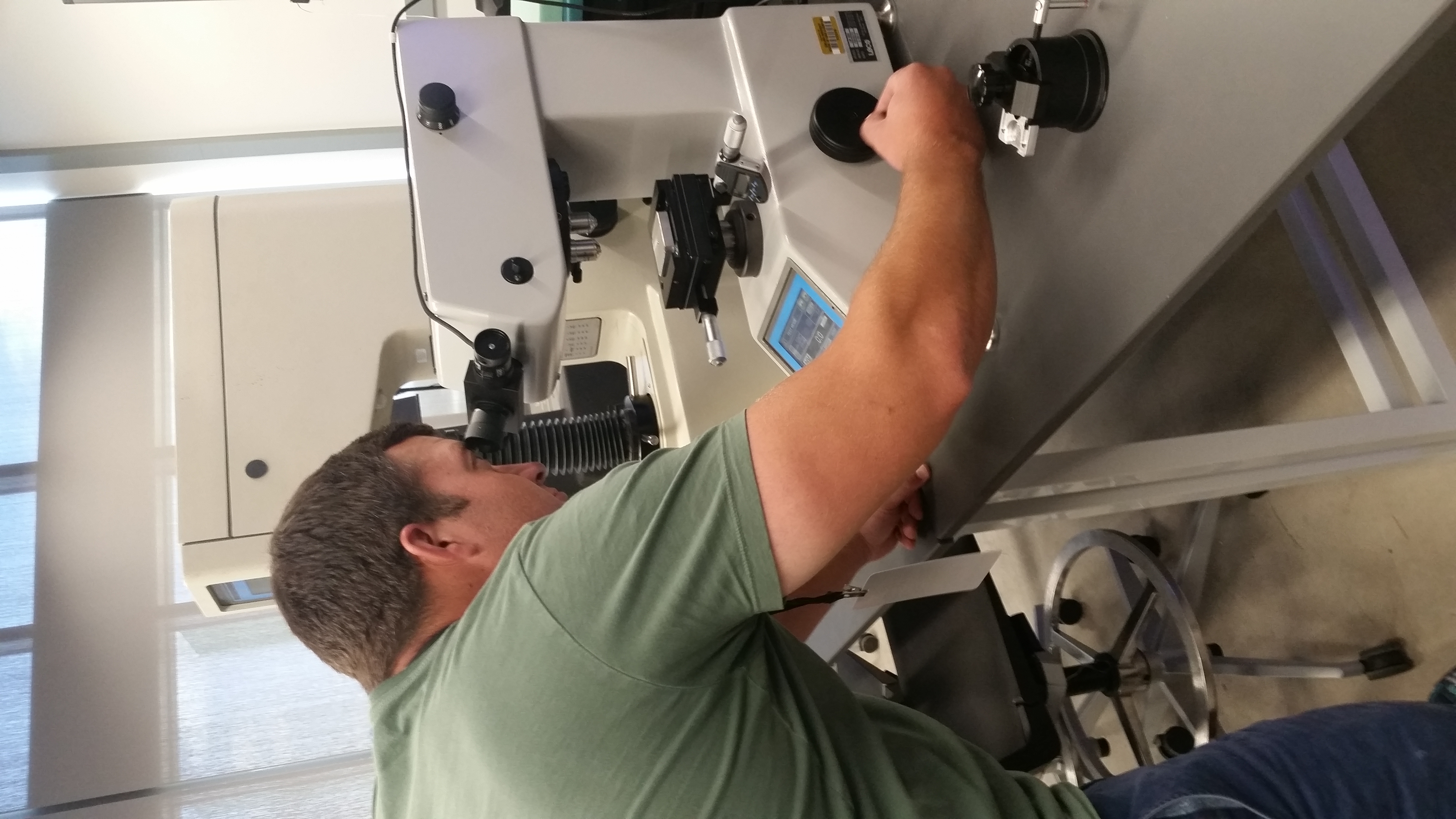
RET Teachers: Terese Collins and Kate Hojnacki Undergraduate Student: Yu Liu Advisors: Professor Xia Wang and PhD student Meng Xu Our goal is to measure the in-plane thermal conductivity of Lithium-ion batteries (NMC cell) at various states of charge (SOC). The shape of the pouch cells enables us to model the cell as a fin. Thermal data will be collected using an infrared camera. Additionally, we can calculate the heat added to the base by using voltage readings taken from thermoelectric sensors (TEM) at the base of the fin. This data will then be analyzed using the fin equations to experimentally determine the in-plane thermal conductivity of the various cells. In our study we will be looking at heat distribution across three types of Lithium-ION cells including 31 Ah High Energy (HE), 40 Ah High Power (HP), and 75 Ah High Energy (HE). Additionally, we will be creating course modules to apply what we are learning from this research experience to our classrooms. 
RET Teachers: Anthony Palmeri, John Prisciandaro, Heather Vingsness Advisors: Professor Dave Schall and PhD student Chuanlin Tao We are studying the tribological friction relationship between aluminum and graphene. Monolayer graphene flakes, suspended in alcohol, will be applied to the surface of the aluminum plate. A steel ball bearing will rotate over the surface, eventually wearing away the aluminum and leaving a "wear scar" indentation in the aluminum. The depth and volume of the wear scar will be measured using an optical surface profilometer. We will vary the application method of the graphene and study how it affects the wear scar depth. Additionally, we will develop a classroom module incorporating the applications of lubrication on the axles of Pinewood Derby cars. RET Teachers: Michael Armstrong; Amy Liss and Laura Amatulli Advisors: Professor Chris Kobus and PhD student Meng Xu This objective of this research is to test thermal properties of polystyrene insulation in lightweight concrete. Research of the factors which affect the thermal properties of polystyrene-lightweight concrete include water/cement ratio, mixing times, polystyrene/cement ratio, curing time, compaction, vibration during curation. In the end we should be able to establish a procedure for making a polystyrene lightweight mixture that will be tested for thermal properties in a hot box designed by engineering graduate students. Our hope is to find the correct concrete to polystyrene ratio to create a better insulator for use. ). Additionally, we will be creating course modules to apply what we are learning from this research experience to our classrooms. RET Teachers: Michael Motzny , Kristi Carpenter and William Grimm Advisors: Professor Brian Dean and PhD student Sakshi Agrawal The focus in this project is the research and development of a viable bio-mimicry of the eye of organisms from the Muscidae family or "fly eye". The overall goal in this research is the advancement of the field of artificial compound vision by creating emulation to that of Musca domestica (The common house fly or other species with similar vision). This is done by creating circuitry input leads from 7 different lenses on the artificial eye, filter the channel signals, and feed into a light adaptation circuit. The signal will then used with edge detection component to achieve overall results. A test vehicle will be used for testing in three different, controlled environment; using static and dynamic background scenes in an effort to measure avoidance an obstacle. 

|
Funded by the National Science Foundation through Award #1542333